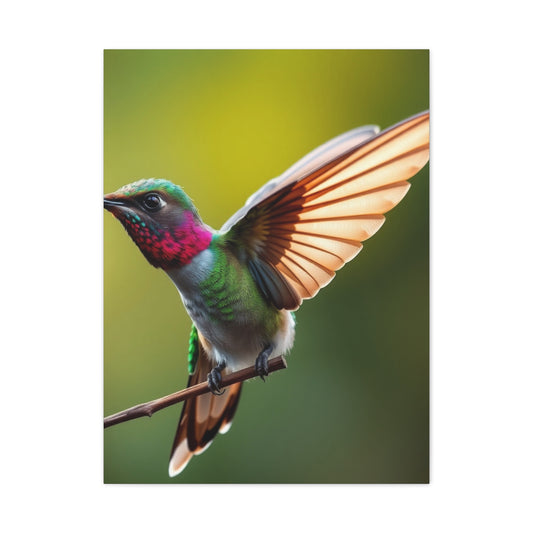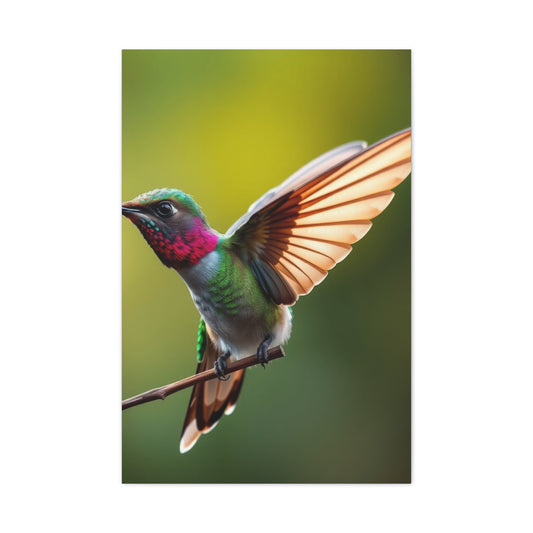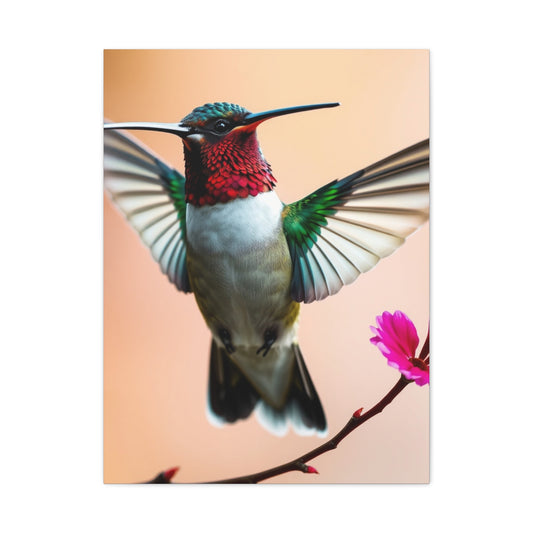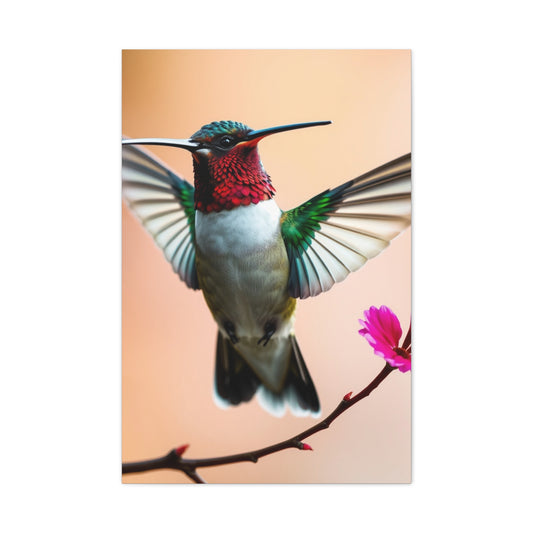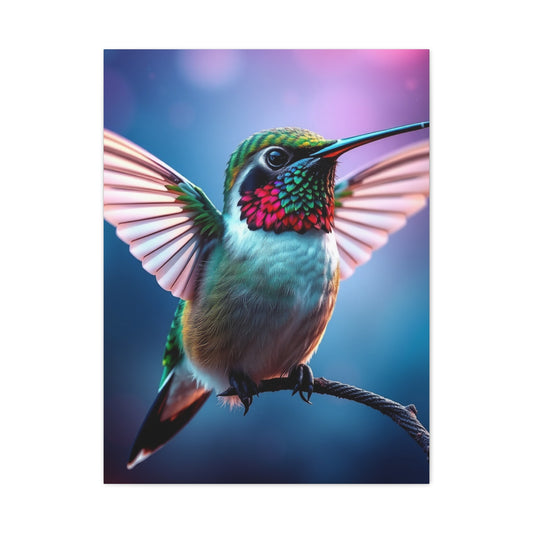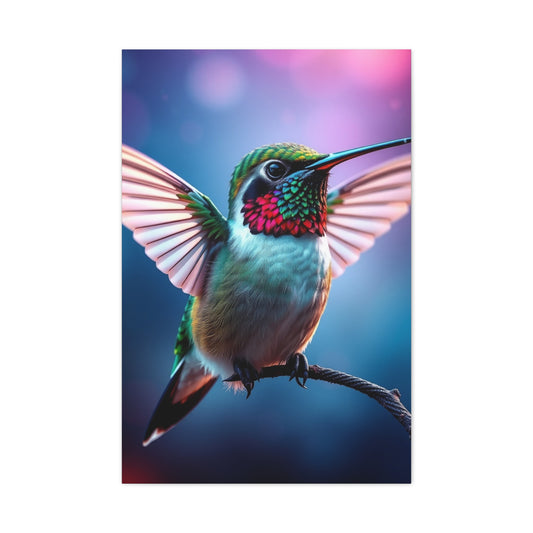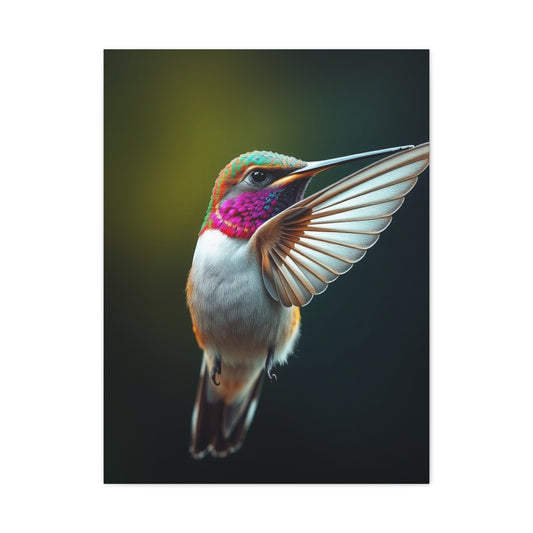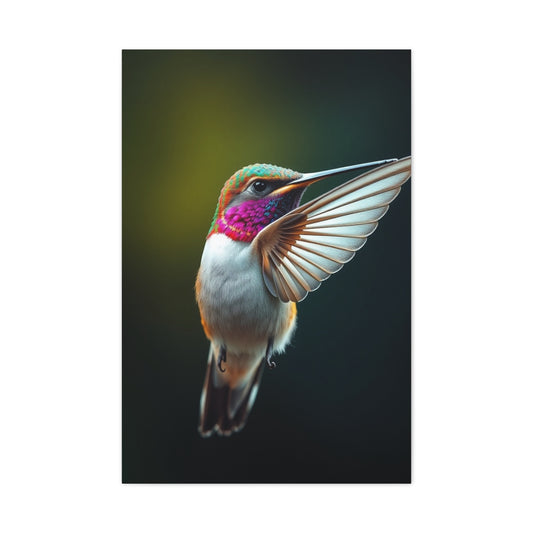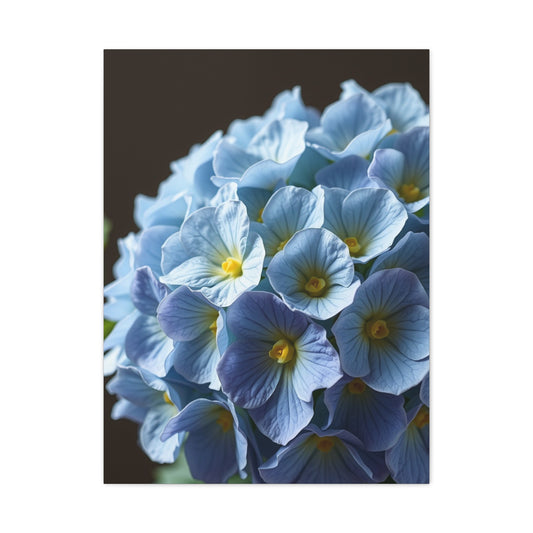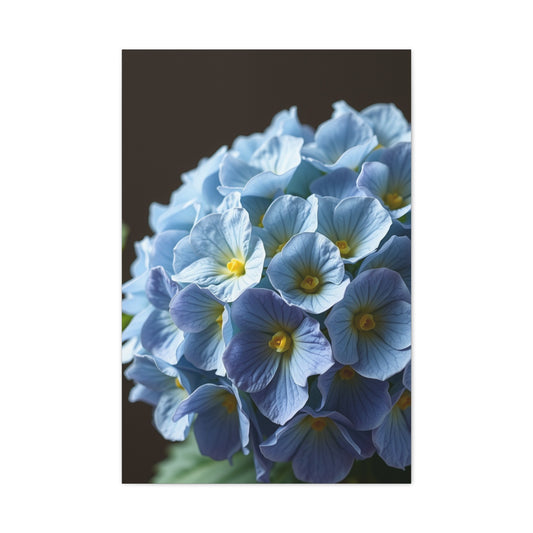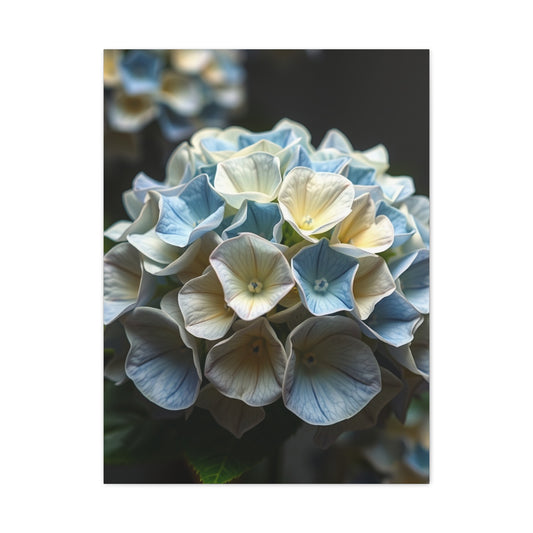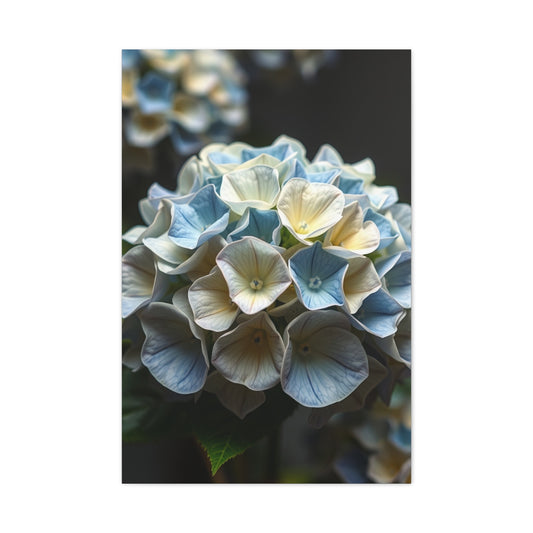The Canon EOS 80D, introduced in February 2016, is a digital single-lens reflex (DSLR) camera that has become a staple for enthusiasts and semi-professionals. With its impressive 24.2 MP APS-C CMOS sensor and notable features such as Dual Pixel CMOS autofocus (AF) and 7 fps continuous shooting, it was designed to appeal to those looking for a solid upgrade from the Canon EOS 70D, or as a dependable entry-level DSLR. But does the Canon 80D still hold up in 2025 against newer models and increasing competition? Let’s dive into the details and see how this camera fares today.
Canon EOS 80D: An Overview
The Canon EOS 80D is part of Canon’s DSLR lineup and was launched as a mid-range option aimed at photographers looking for solid performance without stepping into the high-end DSLR category. It builds upon the success of the Canon EOS 70D, offering a more refined autofocus system, better image quality, and enhanced video capabilities. Canon ensured that the 80D would continue to build on its reputation for creating user-friendly cameras while introducing new features and improvements that enthusiasts would appreciate.
At the heart of the 80D is the 24.2 MP APS-C CMOS sensor, paired with Canon's sixth-generation DIGIC 6 processor. This combination not only improves the overall image quality but also boosts the camera’s dynamic range, resulting in more detailed images with richer color reproduction. The camera features a robust set of capabilities, including a 45-point autofocus system, continuous shooting at 7 frames per second (fps), and support for Full HD video recording at up to 60 fps.
Another standout feature of the 80D is its Dual Pixel CMOS AF system, which greatly enhances autofocus performance, particularly in live view and video recording. This system allows for smoother focus transitions and continuous autofocus during video shoots, making it a great option for content creators who prioritize video quality alongside their stills.
Key Features of the Canon EOS 80D
The Canon EOS 80D is designed to cater to a wide range of photographers, from enthusiasts to semi-professionals. With its versatile feature set, it can handle diverse photographic needs, whether you're shooting action, portraits, landscapes, or videos. This DSLR camera’s combination of robust features and excellent image quality makes it a reliable tool for photographers looking for an all-around camera that performs well in various conditions.
Image Quality and Sensor Performance
At the heart of the Canon EOS 80D is its 24.2 MP APS-C sensor, paired with Canon’s DIGIC 6 processor. This combination results in superb image quality with rich, vivid colors, excellent sharpness, and a wide dynamic range. The sensor’s APS-C size offers a good balance between image quality and depth of field control. When compared to full-frame sensors in higher-end models, the APS-C sensor of the 80D strikes a perfect balance for enthusiasts, providing a significant reduction in size and weight while still delivering fantastic results in terms of image detail and clarity.
This image sensor is a key component in ensuring that the Canon EOS 80D delivers sharp, crisp images, even in challenging lighting conditions. Whether you're shooting landscapes with intricate details or portraits that require delicate color rendering, the 80D performs excellently across various subjects. The image quality is remarkable, with clean and accurate colors, natural skin tones, and a well-controlled amount of noise, even when working with high ISO settings.
The DIGIC 6 processor enhances the overall processing speed, ensuring quicker performance across the board. It aids in better image rendering, faster data handling, and more efficient noise reduction, all of which are especially beneficial when shooting at higher ISOs or in low-light scenarios. Additionally, the processor improves the overall responsiveness of the camera, ensuring that it performs well during fast-paced shoots.
Autofocus System
The Canon EOS 80D boasts a highly capable autofocus system that features 45 all cross-type points. Cross-type points are especially beneficial because they allow the camera to detect contrast in both horizontal and vertical directions, which ensures faster and more precise autofocus. This system ensures that the camera’s autofocus will quickly lock onto the subject, whether you're shooting in the traditional optical viewfinder or utilizing the live view mode.
The 45-point autofocus system of the 80D is particularly useful when capturing moving subjects, such as in sports or wildlife photography, where precise focus is critical. The camera’s focus system provides full coverage across the frame, meaning that no matter where the subject is positioned, the camera is able to track and maintain sharp focus on them. The performance of the autofocus system is impressive, ensuring clear, sharp images in a wide range of situations.
Additionally, the Canon EOS 80D offers a feature called AI Servo AF, which continuously adjusts the focus as the subject moves within the frame. This makes it easier to track subjects, particularly when they are moving quickly, such as in action or sports photography. The autofocus system’s speed and accuracy provide an excellent experience for photographers seeking to capture fleeting moments with precision.
Dual Pixel CMOS AF for Live View and Video
One of the standout features of the Canon EOS 80D is its Dual Pixel CMOS AF system, which is a game-changer for live view and video recording. Canon's Dual Pixel AF technology allows for fast, smooth, and accurate focus during live view and video shooting, which sets it apart from many of its competitors in this class. Unlike traditional autofocus systems, where focus adjustments can appear jerky or out of sync, the Dual Pixel system provides a more natural and seamless focusing experience.
For video content creators, this feature is especially useful as it allows for continuous autofocus during recording without the distracting focus shifts that can be present in other cameras. Whether you are vlogging, filming interviews, or capturing dynamic scenes, the Dual Pixel AF system provides reliable autofocus performance that ensures sharp focus even during movement. This makes the Canon EOS 80D an excellent choice for videographers looking for smooth, professional-grade video with minimal manual intervention.
The fast and responsive autofocus system also extends to live view mode, allowing for quick adjustments when composing shots on the camera’s screen. This is incredibly helpful for photographers who want to shoot from awkward angles or use the LCD for more controlled compositions.
Burst Shooting and Continuous Performance
The Canon EOS 80D features a respectable 7 fps burst shooting capability, allowing photographers to capture fast action with ease. This is particularly useful for sports photography, wildlife, or any situation where quick bursts of images are needed. With a 7 fps shooting speed, the 80D can capture dynamic moments and provide you with a series of images that you can choose from to get the best shot.
In continuous shooting mode, the camera can shoot up to 25 RAW images before the buffer is full, providing ample opportunities to capture action sequences. The camera writes these images to a single SD memory card, which, although not as fast as dual card slots in other models, still delivers solid performance. The 80D’s burst performance is ideal for most situations, allowing photographers to track and capture multiple frames per second to get the perfect shot without worrying about significant buffer delays.
The 80D is particularly well-suited for action photography, as the autofocus system works in conjunction with the burst rate to provide sharp images even in fast-moving situations. Whether you're photographing athletes, wildlife, or other fast-paced scenes, the camera can handle the demands of continuous shooting with ease.
Video Capabilities
Canon’s focus on video quality is evident in the Canon EOS 80D. This DSLR camera offers Full HD 1080p video recording at up to 60 fps, which provides smooth and cinematic video footage. The 1080p resolution is more than enough for most content creators, delivering high-quality video that can be used for professional projects or personal vlogs.
The Dual Pixel CMOS AF system is invaluable for video shooting, allowing for continuous autofocus while recording. This feature eliminates the need for constant manual focus adjustments, allowing the shooter to focus on the action rather than worrying about focus shifts. Whether you're shooting a video interview or capturing dynamic scenes, the fast and smooth autofocus performance makes it easy to maintain sharp focus throughout the recording process.
Additionally, the 80D features manual audio controls and a headphone jack for audio monitoring, making it a valuable tool for those involved in video production. The ability to monitor and adjust audio levels during recording is crucial for achieving high-quality sound in videos, especially for professional projects where clear and balanced audio is important.
The camera also offers advanced video controls, including adjustable frame rates and the option to shoot in MP4 or MOV formats, which makes it flexible for various video editing workflows. For video enthusiasts, the Canon EOS 80D provides a well-rounded solution, combining excellent autofocus performance with high-quality video features.
Ergonomics and User Interface
The Canon EOS 80D is designed with ease of use in mind. Its medium-sized body provides an excellent grip, making it comfortable for both extended shooting sessions and fast-paced action photography. The camera features an intuitive interface, with two control dials that allow for quick adjustments to ISO, aperture, and shutter speed. This makes it easier for photographers to maintain full control over their settings without taking their eyes off the viewfinder or screen.
The three-inch articulating touchscreen adds a layer of convenience, especially for photographers who prefer to shoot from difficult angles or who need to monitor their compositions in live view. The responsive touchscreen supports gesture controls, such as swiping and pinching, which further enhances the user experience, particularly for photographers and videographers who need to interact with the camera while shooting.
Build Quality and Durability
The Canon EOS 80D features a robust build quality, constructed from a mix of plastic and glass fiber. While the camera is not as heavy-duty as higher-end models, it is weather-sealed to provide some protection against dust and moisture. This makes it more resilient in less-than-ideal shooting environments, such as during light rain or in dusty conditions. However, it’s not built to withstand extreme weather, so for those shooting in harsher conditions, it’s worth considering more rugged models such as the Canon 7D Mark II.
Design and Handling of the Canon EOS 80D
The Canon EOS 80D offers a design that feels familiar to those who are accustomed to Canon’s DSLR lineup. Built with comfort and practicality in mind, it strikes an excellent balance between portability and ergonomics, making it ideal for photographers who are on the move. Whether you’re a casual shooter or a semi-professional, this camera is designed to ensure that you have a positive experience during long sessions, enabling you to capture stunning images without experiencing fatigue.
Ergonomics and Comfort
One of the standout features of the Canon EOS 80D is its ergonomic design. The camera’s medium-sized body fits comfortably in most hands, providing a secure and comfortable grip. The well-designed, large handgrip ensures that even during extended shooting sessions, the camera remains easy to hold and control. This aspect is particularly crucial for photographers who spend several hours in the field, such as landscape photographers or those engaged in event photography. The 80D’s design minimizes the risk of hand strain, allowing you to concentrate on your shots without constantly readjusting your grip or feeling discomfort in your hands or wrists.
The camera's design also provides excellent balance when paired with a variety of lenses. Whether you're using a lightweight prime lens or a heavier zoom lens, the camera maintains stability, allowing for more controlled handling. The button placement and body shape have been optimized for easy access to key controls, ensuring that your shooting experience is smooth and intuitive. With its solid construction and thoughtful design, the Canon EOS 80D is a camera that’s comfortable to use even during long and demanding shoots.
Control Dials and Buttons
For photographers who value quick access to manual settings, the Canon EOS 80D is equipped with two control dials, which streamline the process of making adjustments while shooting. The top dial is used for adjusting the ISO, allowing you to change the camera's sensitivity to light without having to dive into the menu system. The second dial, located on the back of the camera, provides control over other critical settings like aperture or shutter speed, giving you full control over your exposure settings. The tactile feel of these dials ensures that adjustments can be made quickly and with precision, which is especially useful in fast-paced shooting environments.
While the Canon EOS 80D’s control layout is efficient and intuitive, some users may notice the absence of a joystick for moving autofocus points, which has become a common feature in more recent models. However, Canon has still ensured that autofocus point selection is simple by providing directional arrows on the camera body. These buttons make it easy to move the focus point across the frame, allowing you to quickly and accurately select the area you want to focus on.
Despite the lack of a joystick, the camera’s interface is highly user-friendly, with physical buttons placed within easy reach, reducing the need to look away from the viewfinder or screen. This thoughtful button layout ensures that you can adjust settings swiftly without having to fumble through menus or take your eye off the action. Canon’s intuitive design makes the 80D an excellent option for photographers who appreciate fast, straightforward access to the controls that matter most.
Display and Touchscreen Features
The Canon EOS 80D comes with a three-inch articulating touchscreen that plays a central role in enhancing the overall user experience. The screen is bright, vibrant, and responsive, making it ideal for composing shots in challenging conditions or capturing photos at unusual angles. This flexibility is particularly beneficial for vloggers, YouTubers, or content creators who often need to shoot themselves while ensuring the correct composition. The fully articulating feature allows the screen to rotate 180 degrees, giving you the freedom to shoot from high or low angles with ease.
In addition to offering a high level of versatility for framing shots, the touchscreen itself is equipped with advanced functionality. It supports touch gestures such as pinch-to-zoom and swipe, which enhances the ability to adjust settings and review images. These intuitive gestures make navigating through images and menus an effortless task, further improving the overall usability of the camera. Touch-to-focus is another useful feature for photographers who shoot in live view mode or record videos, enabling fast and accurate focus adjustments with a simple tap on the screen.
The articulating touchscreen also makes the Canon EOS 80D a great choice for video recording. Content creators who prefer shooting from difficult or unconventional angles will find this screen especially valuable, as it allows for easier self-monitoring and focus control. The ability to adjust the screen's orientation provides greater flexibility and ensures that you can maintain proper framing, even when filming from awkward positions.
Build Quality and Durability
When it comes to build quality, the Canon EOS 80D strikes a solid balance between weight and durability. While the body is primarily made of plastic, it is reinforced with glass fiber, which adds strength without significantly increasing the camera's weight. The result is a sturdy and durable camera that doesn’t feel bulky or cumbersome to carry around. This balance between strength and weight makes the Canon EOS 80D a reliable option for photographers who need a camera that can withstand extended use without becoming a burden.
The camera is also weather-sealed, which offers some protection against dust, moisture, and light rain. This feature is particularly valuable for photographers who frequently shoot outdoors in unpredictable weather conditions, such as landscape photographers or those involved in adventure and travel photography. While the 80D isn’t as rugged as higher-end models like the Canon 7D Mark II, its weather-sealing is still a useful addition for handling moderate environmental challenges. However, it's important to note that the 80D is not designed to endure extreme conditions, so it’s best to use it in more controlled or moderately demanding environments.
The lightweight yet durable build of the 80D also makes it an excellent option for photographers who need a dependable camera that won’t weigh them down. Whether you're hiking to a remote location or attending an event, the 80D provides the portability and ruggedness necessary to handle a variety of shooting conditions.
Practicality for Extended Shoots
As a camera designed for versatility, the Canon EOS 80D excels at ensuring comfort during long shooting sessions. Its ergonomically shaped body and thoughtfully designed controls allow photographers to work for hours without experiencing significant fatigue. Whether you're capturing an event, spending the day photographing landscapes, or covering a sports game, the 80D’s comfortable grip and balanced weight ensure that it remains easy to use throughout extended periods of shooting.
For users who prioritize live view or video work, the articulating touchscreen provides a great advantage, allowing for a range of creative angles and compositions without straining the user’s neck or eyes. This is a useful feature when working in tight spaces or when needing to shoot from above or below the subject. The combination of the ergonomic design, adjustable touchscreen, and user-friendly controls makes the Canon EOS 80D a go-to choice for photographers and videographers who appreciate a practical, comfortable shooting experience.
What is the Canon EOS 80D Best For?
The Canon EOS 80D has long been recognized for its versatility, making it one of the most well-rounded DSLR cameras available in its class. Whether you’re a beginner looking to upgrade from a point-and-shoot, an enthusiast who wants to take their photography to the next level, or a videographer searching for a reliable camera, the 80D has a solid foundation of features that can cater to a wide range of photography needs. Its excellent image quality, intuitive controls, fast autofocus system, and continuous shooting capabilities place it in a strong position for capturing various types of scenes, from everyday moments to fast-moving action.
General Photography and Everyday Use
The Canon EOS 80D excels in general photography, making it an ideal companion for casual photographers and hobbyists alike. Whether you’re out capturing stunning landscapes, intimate portraits, or simply snapping shots during your travels, this camera delivers exceptional image quality across a variety of shooting environments. Its 24.2 MP APS-C sensor provides plenty of detail, while the DIGIC 6 processor ensures vibrant colors and impressive dynamic range, even in challenging lighting conditions. The 45-point autofocus system guarantees precise focus, which is a must when you're trying to capture fleeting moments or tricky compositions.
If you’re just starting out or transitioning from a point-and-shoot camera or a smartphone, the Canon 80D is a fantastic choice. It offers all the advantages of a DSLR, including manual control over settings like aperture, shutter speed, and ISO, which helps you learn and grow as a photographer. At the same time, it doesn’t overwhelm new users with overly complex features, making it approachable without sacrificing the image quality that more experienced photographers expect.
Travel Photography
For travel photographers, portability, reliability, and versatility are key. The Canon EOS 80D is well-suited for capturing the diverse scenes encountered during travel, from scenic landscapes to street photography and portraits. The camera’s comfortable ergonomic design ensures that you can carry it for long periods without discomfort, whether you're trekking through the city or exploring the outdoors. Its solid build quality, reinforced with glass fiber and weather-sealing, offers some protection against dust and light rain, making it a good companion for travel photography in various environments.
With its intuitive interface, you can quickly adjust settings as you move from one location to the next, capturing everything from sweeping views to close-up shots. The articulating touchscreen makes it easy to shoot from low angles or above your head, perfect for landscapes or street photography where shooting from a variety of perspectives is necessary. Additionally, the fast autofocus system ensures that you won’t miss the perfect shot, whether you're capturing bustling city streets or still landscapes at sunrise.
Street Photography
Street photography often demands a camera that can quickly adapt to the fast-paced environment, and the Canon EOS 80D meets these requirements. With its 7 fps burst rate and 45-point autofocus system, the 80D can efficiently capture fast-moving subjects in dynamic street scenes. Whether you're photographing people in motion, candid moments, or street art, the 80D’s autofocus system ensures that you get sharp, focused images every time.
Its compact build and lightweight design make it easy to carry around while blending into your environment, which is essential for street photography. The articulating touchscreen also plays a vital role, enabling you to frame shots from unconventional angles, such as from waist height or over crowds, without drawing too much attention. Moreover, the manual controls and high image quality ensure that you have the flexibility to experiment with creative compositions and settings, making the Canon 80D a versatile tool for street photographers.
Action and Sports Photography
For photographers who specialize in capturing fast action or sporting events, the Canon EOS 80D delivers reliable burst shooting performance with its 7 fps continuous shooting mode. This feature allows you to capture a series of images in quick succession, ensuring that you don't miss key moments during fast-paced action. The 45-point autofocus system, combined with AI Servo AF, ensures that the camera tracks and focuses on fast-moving subjects with accuracy, which is crucial when photographing athletes, cars, or wildlife.
Although newer models like the Canon EOS 90D offer faster burst rates and improved tracking for action, the 80D’s autofocus system remains highly capable. For photographers who regularly shoot sports or action scenes, the 80D is still a solid choice that provides consistent results, even in more demanding environments.
Video Content Creation
In addition to its prowess in still photography, the Canon EOS 80D stands out as a video-centric camera. Its Dual Pixel CMOS AF system is one of the key features that sets it apart from other cameras in this price range. For vloggers, content creators, and YouTubers, the ability to record smooth, in-focus videos is a must, and the 80D delivers on this front. The camera’s live view autofocus enables seamless focusing during video recording, which is vital for those who record on the go or need to focus on subjects while filming.
The 80D records Full HD 1080p video at up to 60 fps, which offers professional-quality footage without stepping into 4K territory. While 4K video has become a standard feature in newer models, the 80D’s 1080p video remains highly useful for most video projects. The inclusion of a headphone jack for audio monitoring adds an extra layer of control for content creators who care about sound quality, ensuring they can track audio levels during recording and avoid any unwanted noise.
Additionally, the articulating touchscreen is particularly beneficial for video creators. It makes it easy to monitor framing while shooting at unconventional angles, whether you're recording a solo video or capturing scenes from different perspectives. The camera’s 4K-ready features make it a good option for creators who plan to edit and enhance their videos for platforms like YouTube.
Portrait Photography
The Canon EOS 80D is also an excellent choice for portrait photography. The camera’s image sensor, combined with the 45-point autofocus system, allows for highly accurate focusing, ensuring that your subject’s eyes are sharp and in focus, which is essential for compelling portraits. The Canon color science is well-known for its pleasing skin tones, and the 80D continues this tradition, delivering natural, lifelike portraits with minimal post-processing.
The ability to adjust settings like aperture, shutter speed, and ISO with ease ensures you can adapt to different lighting situations, whether you’re shooting in a controlled studio environment or on location in natural light. Additionally, the camera’s ability to shoot at 7 fps is helpful when capturing candid moments or expressions in portrait photography, allowing you to snap multiple frames in quick succession.
Photography for Beginners
The Canon EOS 80D also shines as an ideal camera for beginners looking to step up from entry-level models or smartphones. The camera’s intuitive controls, combined with its user-friendly interface, make it easy for newcomers to navigate and learn. The guide mode and automatic settings make it simple for those still familiarizing themselves with the fundamentals of DSLR photography. Meanwhile, for those who want to explore manual settings, the 80D provides full control over key aspects like aperture, shutter speed, and ISO, helping photographers advance their skills as they gain more experience.
The articulating touchscreen and live view mode also offer flexibility for new users, enabling them to frame shots easily from awkward angles or experiment with creative compositions. The camera’s excellent image quality and robust performance will give beginners a solid foundation while allowing them to grow and evolve as photographers.
Alternatives to the Canon EOS 80D
Although the Canon EOS 80D remains a highly reliable DSLR option, there are several alternatives on the market that might better suit your specific needs depending on your preferences, shooting style, and budget. Whether you're looking for a more budget-friendly model, a camera with enhanced video features, or a rugged DSLR designed for action photography, there are many compelling alternatives to consider. Below, we explore several of these options, each of which offers unique features and capabilities to meet various photography requirements.
Canon EOS 70D
The Canon EOS 70D is the direct predecessor to the 80D and remains an excellent option, particularly for budget-conscious photographers. Despite being a few years older, the 70D still offers many of the core features that make the 80D such a reliable choice, including Canon’s Dual Pixel AF system, which allows for smooth and accurate autofocus in live view and video modes. It also boasts a touchscreen for easy navigation and control of settings.
However, the Canon EOS 70D does have some drawbacks compared to the 80D. It features fewer autofocus points (19 points compared to the 80D’s 45-point system) and a slightly slower burst rate of 7 fps. Additionally, the 70D lacks some of the more advanced features found in newer models, such as improved image processing and a more rugged build. However, the 70D offers great value for money, especially when purchased second-hand, making it a viable option for those just starting out in DSLR photography or those on a tighter budget.
One key advantage of the 70D is its ability to run Magic Lantern, an open-source firmware that adds useful features such as time-lapse intervals, focus peaking, and more. These features make the 70D a versatile option for photographers looking to push the boundaries of their camera’s capabilities without having to invest in a more expensive model.
Canon EOS 90D
The Canon EOS 90D is the direct successor to the 80D, offering several significant upgrades in terms of resolution, performance, and video capabilities. It features a 32.5 MP sensor, which provides a higher resolution than the 80D’s 24.2 MP, resulting in more detailed images, especially when cropping or printing large sizes. The 90D also offers a faster burst rate of 11 fps, making it an excellent choice for sports or action photography, where quick, successive shots are essential.
In terms of video, the 90D offers 4K recording without a crop, a huge improvement over the 80D's 1080p video recording. This makes the 90D ideal for those looking to capture high-quality video content, especially vloggers or content creators who need top-tier video performance. The 90D also features improved autofocus, including eye-tracking autofocus in video mode, which makes it more reliable for capturing moving subjects in both stills and video.
While the Canon EOS 90D is priced higher than the 80D, its advanced features, including faster burst shooting, higher resolution, and 4K video capabilities, make it a strong contender for those looking for a more future-proof option or who need a camera with more advanced specifications for their creative needs.
Canon EOS 7D Mark II
For photographers who prioritize high-performance autofocus and the ability to shoot fast-moving action, the Canon EOS 7D Mark II is an excellent choice. As a flagship APS-C DSLR, the 7D Mark II offers superior autofocus performance compared to the 80D, featuring a 65-point all cross-type system that excels in tracking fast subjects. The camera’s dual card slots provide added versatility for photographers who need to shoot large volumes of images, as they can store images on two memory cards simultaneously or use one as a backup.
One of the main advantages of the 7D Mark II is its robust build quality. Designed with durability in mind, it is more rugged than the 80D and can handle the demands of extreme environments, making it an ideal option for wildlife and sports photographers. The camera is also weather-sealed, offering protection against dust and moisture. However, the 7D Mark II has a lower resolution than the 80D, with a 20.2 MP sensor, and lacks the articulating touchscreen that many photographers find useful for vlogging and creative compositions.
While the Canon EOS 7D Mark II is larger and heavier than the 80D, it’s the go-to choice for action-oriented photographers who need superior autofocus and a rugged build that can withstand the rigors of shooting in challenging conditions. Its robust feature set makes it one of the best cameras for capturing fast action.
Canon EOS 6D
For photographers who want the benefits of a full-frame sensor without spending a fortune, the Canon EOS 6D is an excellent option. The 6D’s full-frame sensor offers better low-light performance, higher dynamic range, and more shallow depth of field control compared to the APS-C sensor in the 80D. This makes it particularly useful for landscape, portrait, and wedding photography, where high image quality and excellent bokeh are essential.
However, while the 6D offers superior image quality and low-light performance, it is less advanced than the 80D in terms of autofocus and video features. The 6D has a relatively basic 9-point autofocus system, which makes it less capable for fast-moving subjects. Additionally, it lacks Dual Pixel AF, which means that autofocus in live view and video is slower and less precise than the 80D.
Despite these limitations, the Canon EOS 6D remains a great option for photographers who prioritize image quality, particularly those working in controlled environments such as studio or portrait photography. For those looking for a full-frame camera on a budget, the 6D offers an excellent balance of performance and value.
Nikon D7500
For those considering an alternative to Canon, the Nikon D7500 is one of the best options. This DSLR offers a 51-point autofocus system, with 15 cross-type points for precise focusing. The Nikon D7500’s autofocus system is highly responsive, although it doesn't have the same Dual Pixel AF system as Canon’s cameras, meaning its live view autofocus is not as fast. Despite this, the D7500 performs excellently in continuous shooting situations, with a burst rate of 8 fps, making it an excellent choice for action and sports photography.
The Nikon D7500 features 4K video recording, a major selling point compared to the 80D, which is limited to 1080p. If video performance is important to you, the D7500’s ability to shoot 4K at 30 fps gives it a competitive edge. Additionally, the D7500 offers superior ISO performance, which allows photographers to shoot at higher ISOs with less noise, making it ideal for low-light conditions.
Although the Nikon D7500 is more expensive than the Canon EOS 80D, it offers excellent all-around performance, including 4K video and strong autofocus. It is an excellent alternative for Nikon users or those looking for a more feature-rich camera with great video capabilities.
Conclusion: Canon EOS 80D Review
The Canon EOS 80D remains a capable and versatile DSLR camera. While it may not feature the most advanced technology in today’s market, its reliable autofocus system, impressive image quality, and ergonomic design make it an ideal choice for enthusiasts and semi-professional photographers. For those who do not need 4K video or lightning-fast autofocus, the Canon 80D continues to deliver exceptional results across a wide range of photography and videography needs.
Whether you’re upgrading from an entry-level camera or seeking a dependable DSLR for general photography, the Canon EOS 80D still stands out as a relevant and highly recommended option. With its user-friendly interface and solid feature set, it remains a reliable tool for those who value performance and ease of use without breaking the bank.










